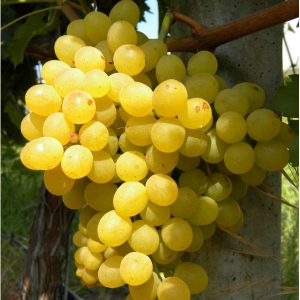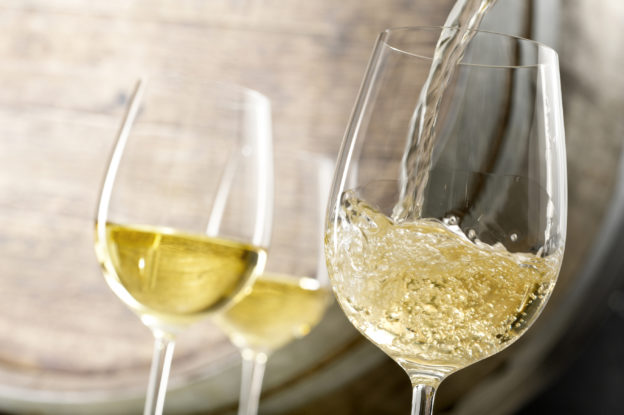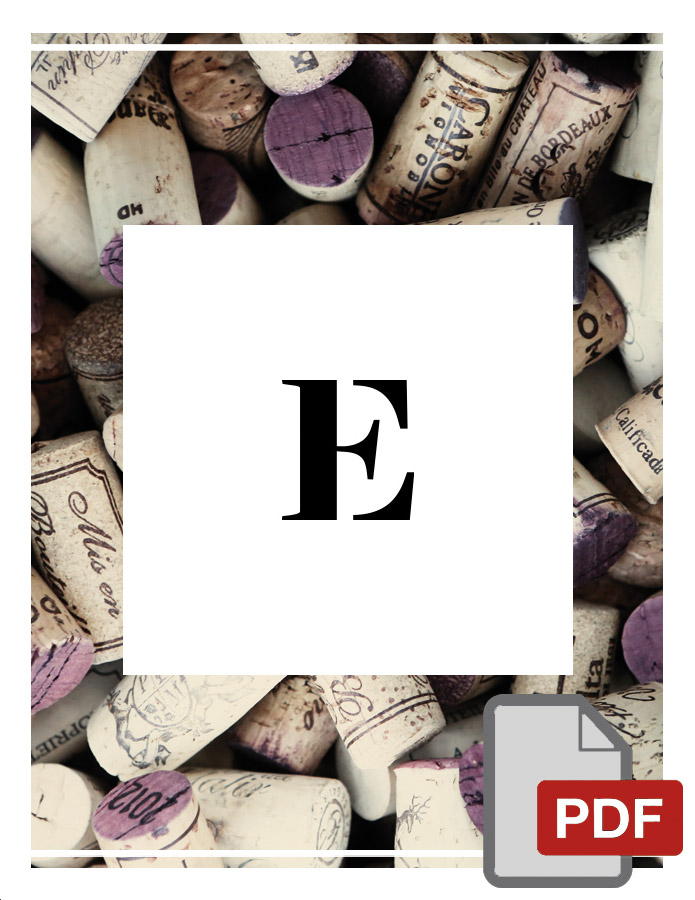Learning about wine
White wine… how is it made? Let’s discover it together

Hello all and welcome back to the Enolike blog! last week we learned how red wine is made; lots of you wrote back asking if the same rules apply for the white wine, so, it’s time to learn how white wine is made!
Enjoy the reading and remember The miracle of the wine is to make the man what he should never stop to be: friend of other man (Ernst Engel)
ciao
Ilde
Harvest and transport
The harvest and the transport of white grapes from the vineyard to the winery, must be carried out with great care because of the delicacy of the raw material.
Pressing the grapes
For the same reason, the elimination of the marc is made by soft pressing the grapes; this technique replaces the crushing (used for the red wines). The grapes go into the horizontal hydraulic press (container with perforated walls); inside an air chamber is inflated allowing a gentle compression of the grape; the outcome is a very fine wine must also called “flower wine must”.
The fermentation
the fermentation of white wine is different from the red wine; first of all there is no contact between the wine must and the marc (removed during the pressing phase). As the pigments are contained in the skins, by removing them we can produced white wine even from black grapes.
After some corrections (if needed) of the wine must, the fermentation stage starts; in order to preserve the finest aromas and flavors of the white wine (more susceptible to oxidation), the fermentation takes place at a temperature around 18-20 ° C (lower than the red wine winemaking).
Grape skin maceration
In order to obtain a white wine with more personality, the wine making may go through a quick (just few hours) “grape skin maceration” which consists on leaving the grapes in contact with the wine must; this technique allows the extraction of pigments and odorous substances from the grapes.
Aging and bottling
Normally the white wine ages in stainless still vats and because of this it maintains all the features of the wine yard it grow on. The bottling happens the spring of the year after the harvest.
And now let’s taste some good white wine
Lis Neris, Friuli Venezia Giulia, Friuli Isonzo DOC, Chardonnay – 2016
Castello di Spessa, Friuli Venezia Giulia, Collio DOC, Sauvignon – Segrè – 2015
Ronco Blanchis, Friuli Venezia Giulia, Collio DOC, Ribolla Gialla – 2016
Borgo San Daniele, Friuli Venezia Giulia, Friuli Isonzo DOC, Friulano – 2015
Abbazia di Novacella, Alto Adige, Gewurztraminer DOC – 2016





